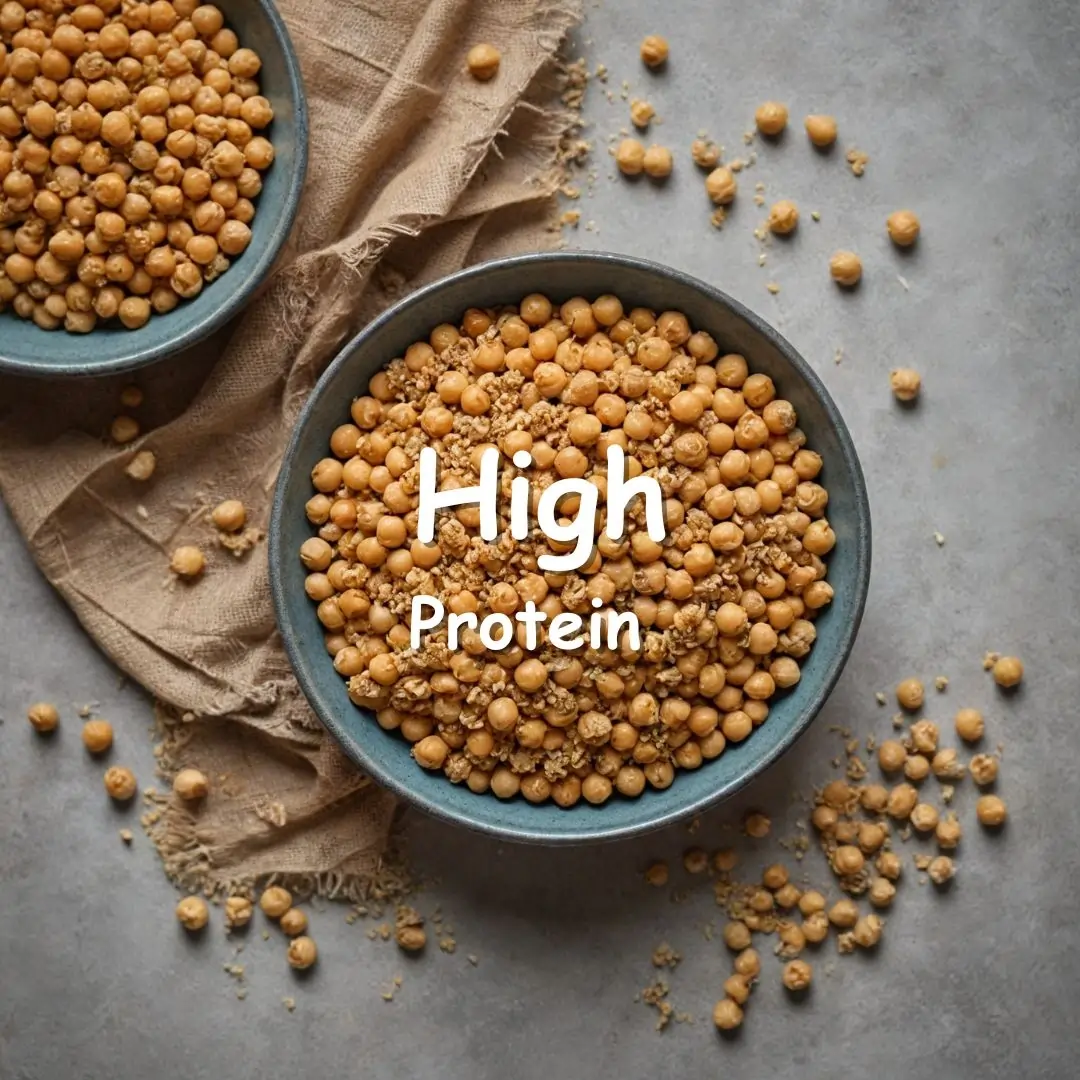High-protein(H-P) foods are important.
In today’s health and fitness world, protein has become a crucial nutrient for building muscle, supporting weight loss, and enhancing overall well-being. But with so much conflicting information out there, creating a diet rich in (H-P) foods can be overwhelming. This comprehensive guide will walk you through everything you need to know about (H-P) foods, including their benefits, top sources, and tips for incorporating them into your diet.
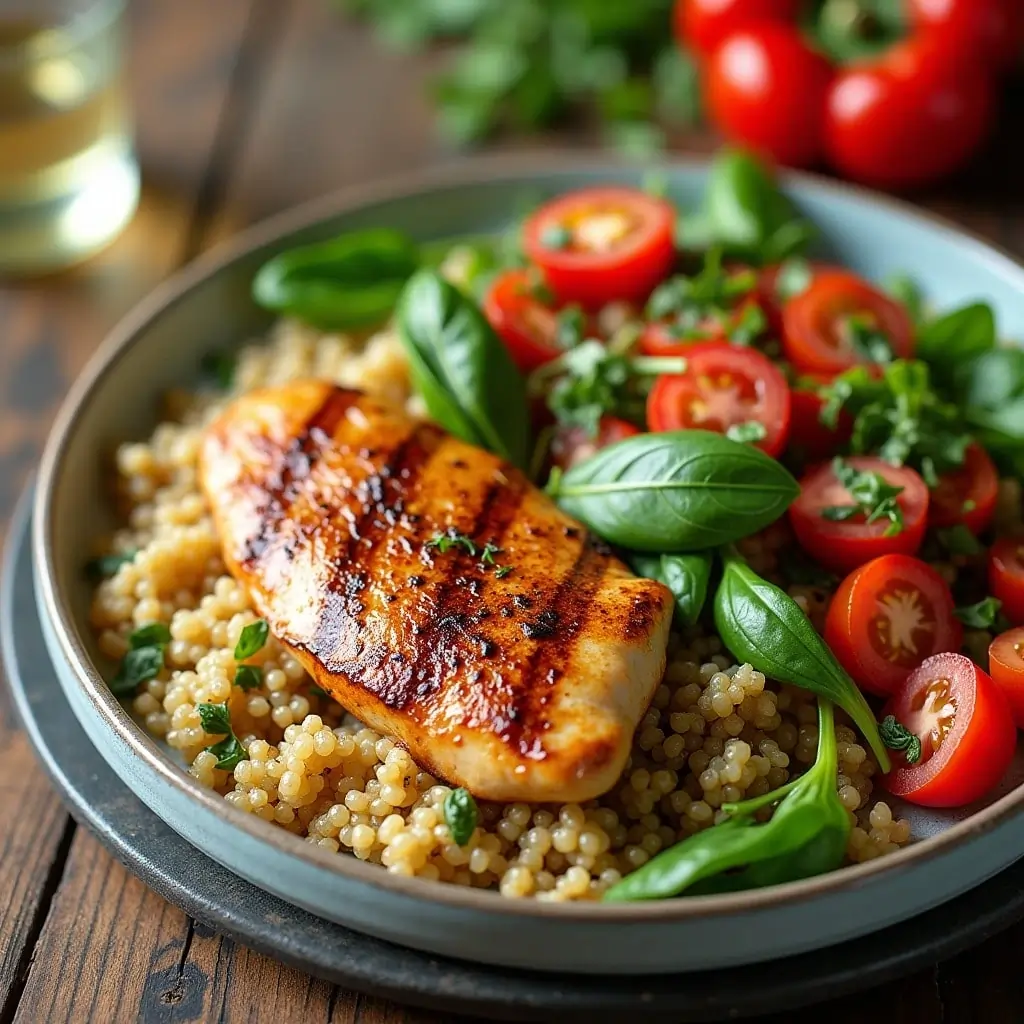
The Role of (H-P) Foods in Boosting Health
(H-P) foods play a vital role in maintaining overall health. They support essential bodily functions, including tissue repair and immune system strength. Adding (H-P) options to your diet can improve your energy levels and endurance.
Why (H-P) Foods Are Essential
Proteins are the building blocks of life. They provide amino acids your body needs to function. (H-P) diets are linked to better muscle growth and faster recovery after workouts. This makes them a key component of a balanced diet.
How (H-P) Foods Improve Health
Including (H-P) foods in your meals can reduce hunger and support weight management. Protein-rich snacks like almonds, eggs, or lentils help you stay full longer. They also promote steady blood sugar levels, reducing the risk of diabetes.
Examples of Healthy (H-P) Foods
Some excellent high-protein foods include chicken, fish, tofu, and beans. Also, products like Greek yogurt are the same thing. Adding a variety of these foods ensures you get all essential amino acids. For more ideas, check this list of 11 Power-Packed H-P Recipes to boost your nutrition.
Benefits of High-Protein (H-P) Foods for Fitness Goals
(H-P) foods are essential for achieving fitness goals, whether building muscle, losing weight, or boosting endurance. Incorporating these foods into your diet enhances physical performance and promotes long-term health.
(H-P) Foods Support Muscle Growth
Protein is crucial for muscle repair and growth. After workouts, your muscles need amino acids to recover and strengthen. Foods like chicken, fish, and eggs provide high-quality protein to fuel this process for detailed guidance.
Aid in Weight Management
Protein keeps you full for longer, reducing unnecessary snacking. (H-P) diets increase metabolism and help burn more calories. This makes them effective for weight loss while preserving lean muscle mass.
Choosing the Best High-Protein Foods for Your Diet
Selecting the right foods for your diet can greatly impact your health and fitness journey. Focusing on variety and quality ensures your body gets the nutrients it needs.
Consider Your Dietary Preferences
Your preferences play a key role in choosing foods. If you eat meat, options like chicken, lean beef, and fish are excellent sources of complete protein. For vegetarians or vegans, lentils, tofu, and quinoa are great alternatives.
Focus on Protein Quality
Not all sources are equal. Prioritize foods rich in essential amino acids, such as eggs and dairy products. Whey protein supplements can also help meet the daily needs of active individuals. Transitioning to these high-quality options supports both recovery and growth.
Incorporate Protein into Every Meal
(H-P) breakfasts, like scrambled eggs or Greek yogurt, set the tone for the day. Include protein-rich options like grilled chicken or black beans for lunch and dinner. Adding small changes, such as sprinkling nuts on salads, makes a big difference.
Don’t Forget Healthy Snacks
Snacks like cheese sticks or boiled eggs are easy ways to increase your daily intake. They’re convenient and keep you full between meals.
Adjust Based on Your Goals
Tailor your choices to your specific fitness goals. For muscle building, prioritize higher protein portions, like steaks or salmon. For weight loss, opt for low-fat sources such as turkey or legumes.
Making informed choices about high-protein foods ensures you maintain a balanced diet while reaching your health and fitness targets. Transitioning to the right options doesn’t have to be complicated—start small and stay consistent!
Why Is Protein Important?
Protein is one of the three macronutrients, along with carbohydrates and fats, that your body needs for energy and essential functions.
High-Protein Diets and Their Impact on Health
High-protein diets have gained significant attention for their positive effects on overall health. From weight management to improved metabolism, their benefits are undeniable. Including high-protein foods in your daily meals can transform your health journey.
Enhance Weight Management
A high-protein diet helps you stay full longer, reducing hunger and curbing cravings. This supports better portion control and prevents overeating. Studies show that protein boosts metabolism, aiding in calorie burning. For more insights, explore this guide to high-protein weight loss strategies.
Boost Bone Strength
Contrary to myths, protein supports bone health by increasing calcium absorption. High-protein diets help maintain bone density, especially in older adults. Adding options like dairy, eggs, and tofu to your meals ensures stronger bones over time.
How High-Protein (H-P) Foods Support Muscle Growth and Recovery
(H-P) foods are essential for muscle growth and recovery. They supply the amino acids your body needs to repair and build muscle tissue. You can enhance your fitness results and reduce recovery time by including (H-P) meal options.
Protein Fuels Muscle Repair
During exercise, muscle fibers experience small tears. Protein aids in repairing these tears, making muscles stronger and more resilient. Foods like chicken, fish, and eggs provide the essential amino acids required for this process.
Build Muscle Mass with Quality Protein
High-protein foods like lean meats, tofu, and Greek yogurt promote muscle synthesis. This process helps increase muscle size and strength, especially after strength training. Transitioning to a diet rich in quality protein ensures consistent muscle growth.
Support Long-Term Muscle Maintenance
Maintaining muscle mass becomes increasingly important as you age. High-protein diets help preserve muscle tissue, preventing age-related muscle loss. Adding legumes, dairy, and nuts to your meals keeps your muscles strong over time.
Balance Protein with Other Nutrients
Pair high-protein(H-P) foods with complex carbs and healthy fats for optimal results. This combination boosts energy levels and supports overall recovery.
By prioritizing (H-P) foods in your diet, you can enhance muscle growth, speed recovery, and maintain strength over time. Simple dietary adjustments can lead to significant improvements in your fitness journey.
The Science Behind High-Protein(H-P) Nutrition
(H-P) nutrition is backed by extensive scientific research, highlighting its crucial role in supporting health and performance. From tissue repair to hormone production, protein is vital for various bodily functions.
The Role of Amino Acids
Proteins are made up of amino acids, often called the building blocks of life. These molecules repair tissues, form enzymes, and support immune function. Foods like eggs, fish, and lentils provide all essential amino acids. Learn more about amino acids and their benefits from WebMD.
How Protein Supports Muscle Synthesis
Protein(P) is directly linked to muscle synthesis, a process where your body repairs and builds muscle tissues. High-protein meals increase muscle (P) synthesis rates, especially after exercise, ensuring better recovery and growth.
Protein’s Role in Hormonal Balance
High-protein diets influence hormones like ghrelin, which regulates hunger, and insulin, which controls blood sugar. These hormonal effects help maintain energy levels and promote satiety, making sticking to a healthy diet easier.
Balance Is Key
While protein(P) is essential, balance is crucial. Pairing (P) with fiber and healthy fats ensures a well-rounded diet. For example, combining lean chicken with quinoa and vegetables offers a complete, nutritious meal.
Understanding the science behind high-protein nutrition enables you to make informed choices to enhance your health and performance. The evidence speaks for itself—(P) is a powerful ally in achieving a balanced and effective diet.
How Much Protein Do You Need?
The recommended daily intake (RDI) varies based on age, gender, activity level, and health goals. On average:
- Sedentary adults: 0.8 grams per kilogram of body weight.
- Active individuals: 1.2-2.0 grams per kilogram of body weight.
- Athletes and bodybuilders: 1.6-2.4 grams per kilogram of body weight.
Learn more about the benefits of protein from a trusted source like Healthline
Calculating Your High-Protein Requirements for Fitness
Understanding how much protein your body needs is crucial for achieving fitness goals. The right protein intake supports muscle growth, recovery, and overall health. By tailoring your diet to your requirements, you can maximize results.
General Protein (P) Guidelines
The recommended daily intake for sedentary adults is 0.8 grams of (P) per kilogram of body weight. However, active individuals need more. Most fitness enthusiasts benefit from 1.2 to 2.0 grams of (P) per kilogram. Use this protein calculator to estimate your specific needs.
Adjusting for Fitness Goals
If your goal is muscle building, aim for 1.6 to 2.2 grams of protein per kilogram of body weight. Protein helps maintain muscle mass while in a calorie deficit for weight loss. Transitioning to high-protein foods like chicken, tofu, or lentils supports both goals effectively.
Seek Professional Guidance
For personalized advice, consult a registered dietitian or fitness expert. They can tailor recommendations to your lifestyle and fitness goals.
Calculating your protein needs empowers you to optimize your diet for fitness.
High-Protein Recommendations Based on Activity Level
Your activity level is critical in determining how much protein you need daily. Whether you’re moderately active or an intense athlete, meeting the right protein requirements is essential for performance and recovery.
Protein Needs for Sedentary Individuals
Even those with minimal activity require protein for bodily functions, such as tissue repair and hormone regulation. Sedentary adults should aim for 0.8 grams of protein per kilogram of body weight daily. This intake supports overall health without overloading the system.
Protein Recommendations for Moderate Activity
If you exercise a few times a week, your body needs extra protein to repair and maintain muscle tissue. A target of 1.0–1.2 grams per kilogram of body weight is ideal. To meet these needs, incorporate protein-rich foods like eggs, yogurt, or nuts.
High-Protein Guidelines for Active Individuals
Higher protein intake is essential for those engaging in regular physical activity, such as running, cycling, or swimming. Consuming 1.2–1.6 grams per kilogram of body weight supports energy levels, performance, and recovery. For example, pairing grilled chicken with quinoa and vegetables is a balanced choice.
Athletes and Strength Trainers
Athletes and those focused on muscle building require the most protein. Aim for 1.6–2.2 grams per kilogram of body weight to fuel muscle growth and repair. Protein timing is equally important—consume a high-protein snack, like a whey protein shake, within 30 minutes post-workout.
Balancing Protein with Carbs and Fats
Regardless of activity level, balance your protein intake with carbs and healthy fats. For endurance athletes, carbs fuel performance, while fats provide sustained energy.
Personalized Protein Planning
Consider consulting a nutritionist for personalized recommendations tailored to your activity level and goals. Tracking your intake helps ensure you meet your body’s demands without excess. Use this protein calculator to determine your specific needs.
Understanding protein recommendations based on activity level allows you to optimize your diet effectively. Adjusting your protein intake ensures peak performance and recovery, whether lightly active or intensively training.
Balancing High-Protein Intake with Other Nutrients
A high-protein diet is essential, but balance with other nutrients is key for optimal health. Incorporating carbohydrates, fats, vitamins, and minerals ensures your body functions efficiently while supporting your fitness goals.
The Importance of Carbohydrates
Carbs are your body’s primary energy source, especially during physical activity. Pairing high-protein foods with complex carbs, like quinoa or sweet potatoes, fuels your workouts and supports recovery. Without adequate carbs, your body may struggle to perform at its best. Learn more about the role of carbohydrates at Harvard Health.
Healthy Fats for Sustained Energy
Fats provide long-lasting energy and aid in nutrient absorption. Incorporate healthy fats into your meals, such as avocados, nuts, or olive oil. For example, a salad with grilled chicken, avocado, and olive oil dressing delivers a balanced nutrient profile.
Vitamins and Minerals Are Essential
High-protein foods alone don’t provide all the necessary vitamins and minerals your body needs. Include leafy greens, fruits, and whole grains to fill nutritional gaps. Adding various colorful vegetables to your plate ensures a wide range of nutrients.
Timing Matters for Optimal Balance
When consuming high-protein meals, include other macronutrients for sustained energy and better digestion. For instance, a post-workout meal combining chicken, brown rice, and steamed broccoli supports recovery and replenishes glycogen stores.
Avoid Overloading on Protein
While protein is vital, excessive intake may displace other important nutrients. Aim for a balanced plate, where protein, carbs, and fats play a role.
Stay Hydrated with High-Protein Diets
Protein metabolism increases your body’s water needs. Drink plenty of water to stay hydrated and support kidney function, especially when consuming high amounts of protein.
Balancing high-protein intake with other nutrients ensures your body receives the variety it needs to thrive. A balanced diet supports fitness goals and promotes overall health and well-being.
Top High-Protein Foods to Include in Your Diet
1. Lean Meats
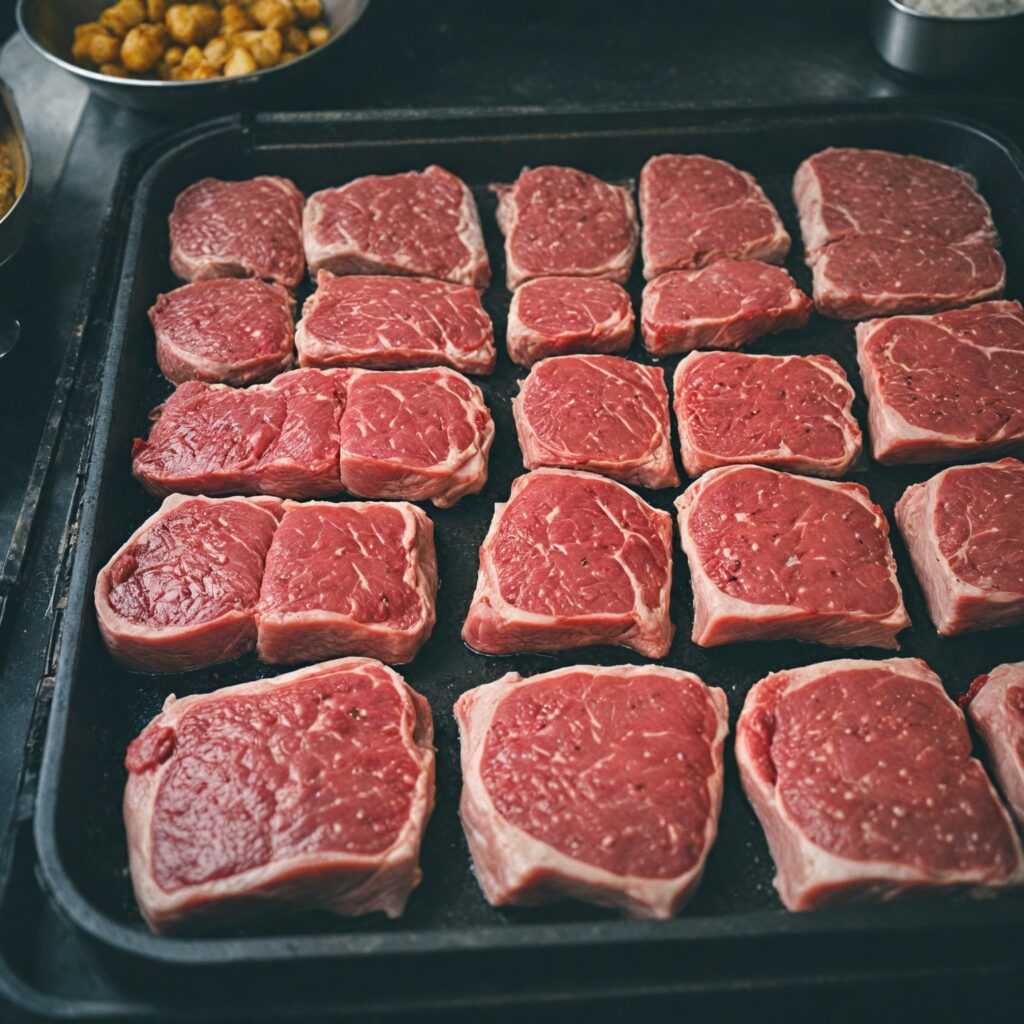
- Chicken Breast: A staple for fitness enthusiasts, chicken breast offers about 31g of protein per 100g.
- Turkey: Low in fat and rich in protein, turkey is a perfect option for healthy meals.
- Lean Beef: Choose cuts such as sirloin or tenderloin to enjoy high protein content with minimal fat.
2. Seafood
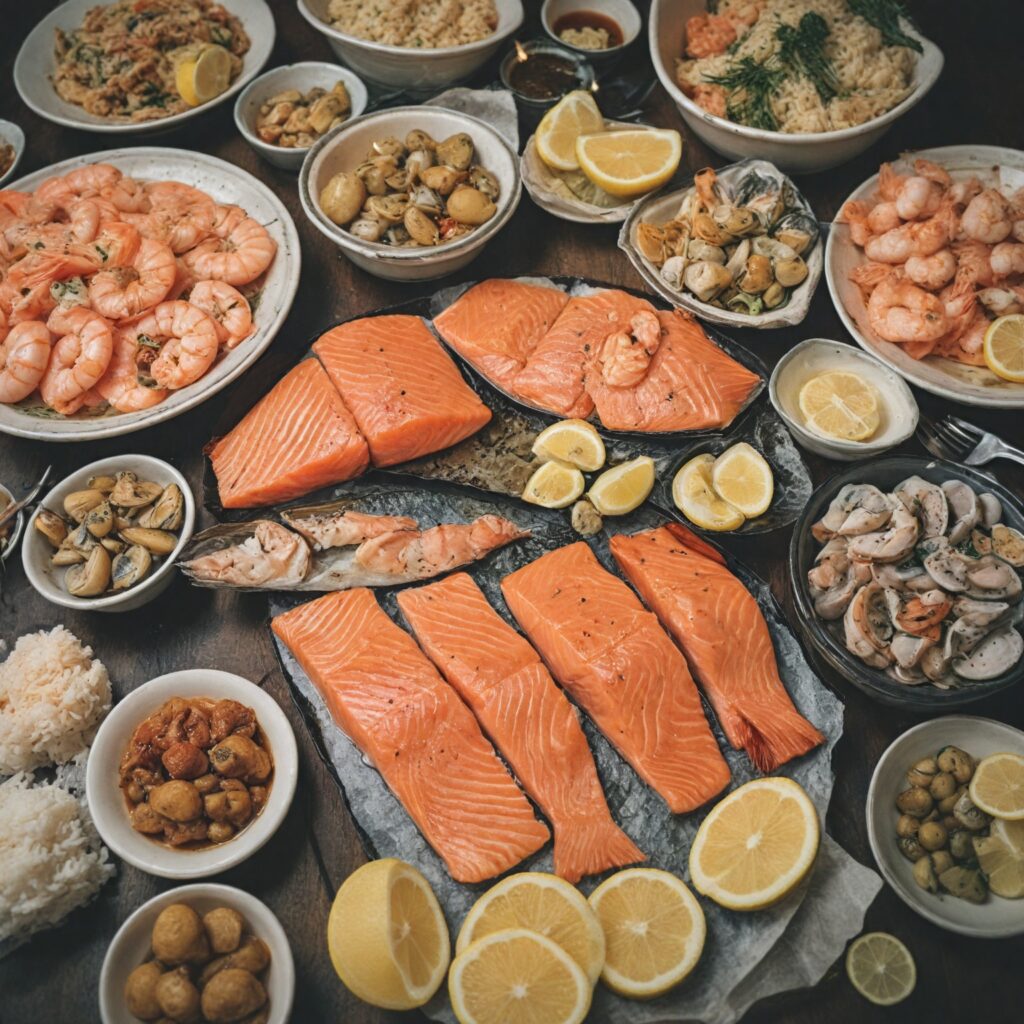
- Salmon: Not only is salmon high in protein (25g per 100g), but it’s also rich in omega-3 fatty acids.
- Tuna: A protein powerhouse with around 30g of protein per 100g.
- Shrimp: Low in calories and high in protein, shrimp is a versatile seafood choice.
3. Dairy and Eggs
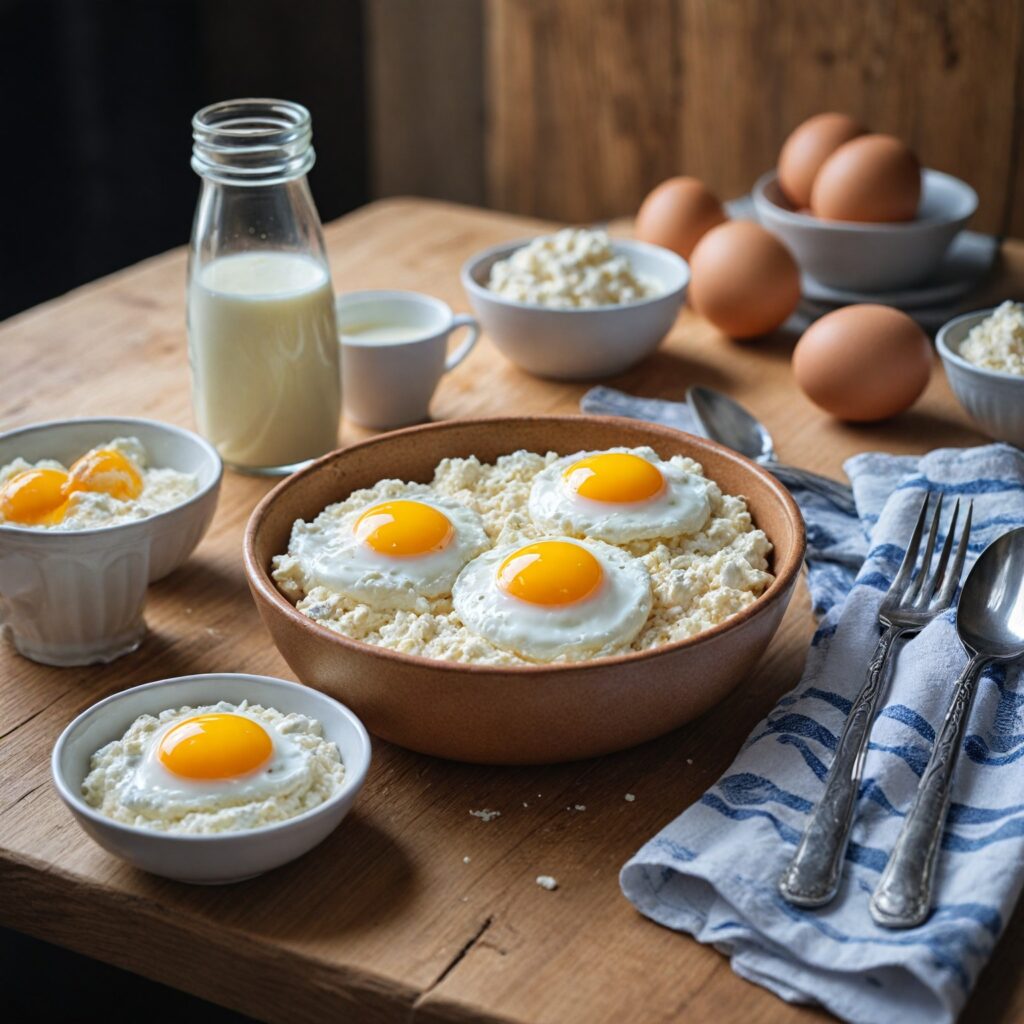
- Eggs: One of the most complete protein sources, with 6g of protein per large egg.
- Greek Yogurt: Contains around 10g of protein per 100g, making it an ideal breakfast or snack.
- Cottage Cheese: Packed with casein protein, which digests slowly for sustained energy.
4. Plant-Based Proteins
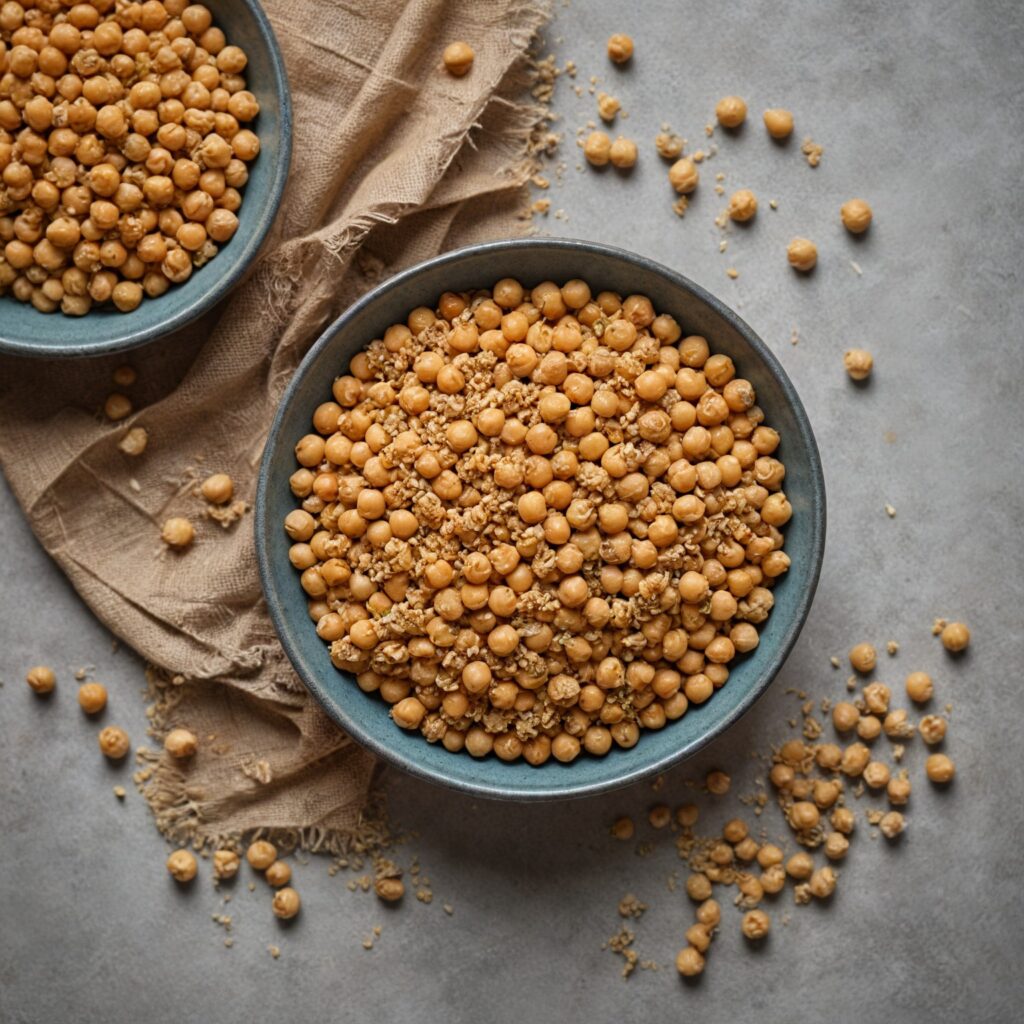
- Lentils: Offering 9g of protein per 100g, lentils are a great plant-based source.
- Chickpeas: Perfect for salads and hummus, chickpeas provide about 19g of protein per 100g.
- Quinoa: Known as a complete protein, quinoa has around 8g of per cup.
5. Protein-Rich Snacks

- Nuts and Seeds: Almonds, chia seeds, and flaxseeds are high in protein and healthy fats.
- Protein Bars: Look for low-sugar options with at least 15g of protein per bar.
- Jerky: Beef, turkey, or vegan jerky are convenient protein-packed snacks.
How to Incorporate High-Protein Foods into Your Diet
Here are some simple tips for adding more protein to your daily meals:
- Start Your Day with: Have eggs, Greek yogurt, or a protein shake for breakfast.
- Meal Prep: Cook lean meats and legumes in bulk for easy weekly meals.
- Healthy Snacks: For convenient snacking, keep nuts, seeds, or protein bars on hand.
- Add extra Protein to Salads: Top salads with grilled chicken, beans, or tofu.
Potential Risks of High-Protein(H-P) Diets
While (H-P) diets offer numerous benefits, consuming excessive amounts can have drawbacks:
- Dehydration: High protein intake may increase water loss, so stay hydrated.
- Nutrient Imbalance: Overemphasis on protein can reduce the intake of essential vitamins and minerals from other food groups.
- Digestive Issues: Some people may experience digestive problems if they suddenly increase their protein intake.

Conclusion
Incorporating high-protein foods into your diet can support muscle growth, weight management, and overall health. You can enjoy a balanced, nutritious diet with various animal and plant-based protein sources. Use this guide’s tips and food recommendations to optimize your protein intake and achieve your health and fitness goals.
Ready to transform your diet with high-protein(H-P) foods? Start today and feel the difference!
Explore Healthy Snack Ideas to complement your (H-P) meals with nutritious options.

